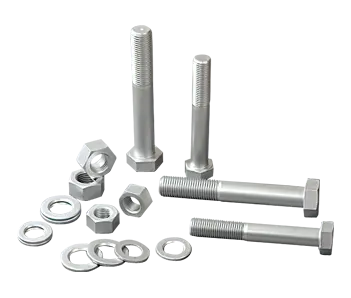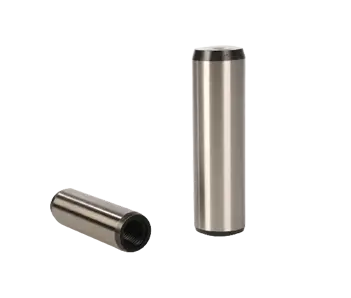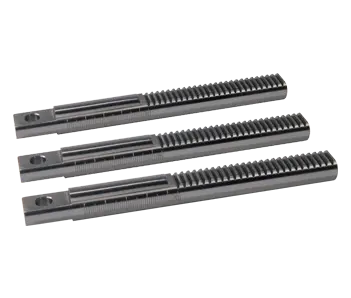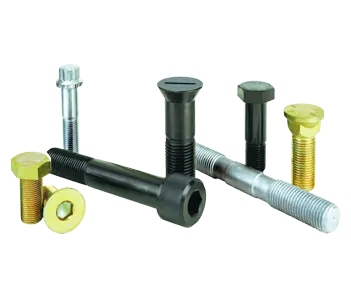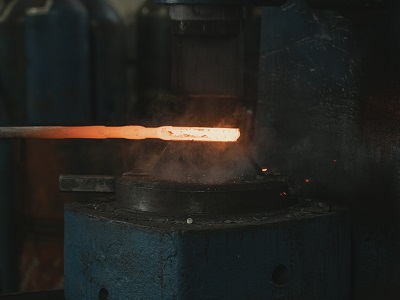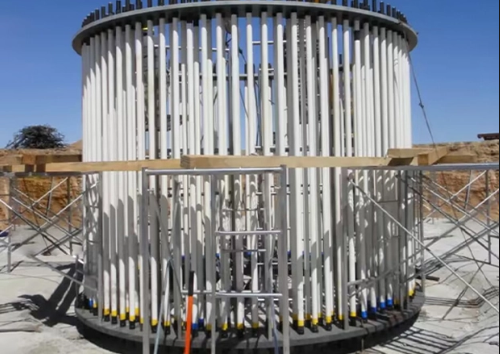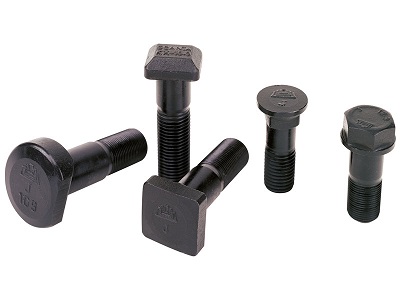
Metal heat treatment is one of the important processes in mechanical manufacturing. Compared with other processing processes, heat treatment generally does not change the shape and overall chemical composition of the workpiece, but improves the internal microstructure of the workpiece or changes the chemical composition of the workpiece surface to enhance or improve the performance of the workpiece.
Its characteristic is to improve the intrinsic quality of the workpiece, which is generally not visible to the naked eye. As some people say, mechanical processing is surgery, and heat treatment is internal medicine, representing the core competitiveness of a country's manufacturing industry.
The heat treatment process generally includes three processes: heating, insulation, and cooling, sometimes only heating and cooling. These processes are connected and uninterrupted.
When the metal is heated, the workpiece is exposed to the air, and oxidation and decarburization often occur (that is, the surface carbon content of steel parts decreases), which has a detrimental effect on the surface properties of the parts after heat treatment. Therefore, metals are usually heated in a controllable atmosphere or protective atmosphere, in molten salt, and in a vacuum environment. They can also be protected and heated by coatings or packaging methods.
Heating temperature is one of the important process parameters of heat treatment process. Selecting and controlling the heating temperature is the main issue to ensure the quality of heat treatment. The heating temperature varies with the processed metal material and the purpose of heat treatment, but generally it is heated above the phase transformation temperature to obtain a high temperature structure. In addition, the transformation requires a certain amount of time, so when the surface of the metal workpiece reaches the required heating temperature, it is necessary to maintain this temperature for a certain period of time to make the internal and external temperatures consistent and the microstructure fully transformed. This period of time is called holding time.
When high energy density heating and surface heat treatment are used, the heating speed is extremely fast, and there is generally no holding time, while the holding time of chemical heat treatment is often longer.
Cooling is also an indispensable step in the heat treatment process, and the cooling method varies with the process, mainly controlling the cooling rate.
Metal heat treatment process can be roughly divided into three categories: overall heat treatment, surface heat treatment, and chemical heat treatment. According to the different heating medium, heating temperature, and cooling method, each major category can be divided into several different heat treatment processes. Different heat treatment processes can obtain different structures and different properties for the same metal. Steel is the most widely used metal in industry, and steel microstructure is also the most complex, so there are many types of steel heat treatment processes.
Overall heat treatment is a heat treatment process for heating the entire workpiece and then cooling it at an appropriate rate to obtain the required metallographic structure and change its overall mechanical properties. There are four basic processes for overall heat treatment of steel: annealing, normalizing, quenching, and tempering, also known as the "four fires" of heat treatment.
